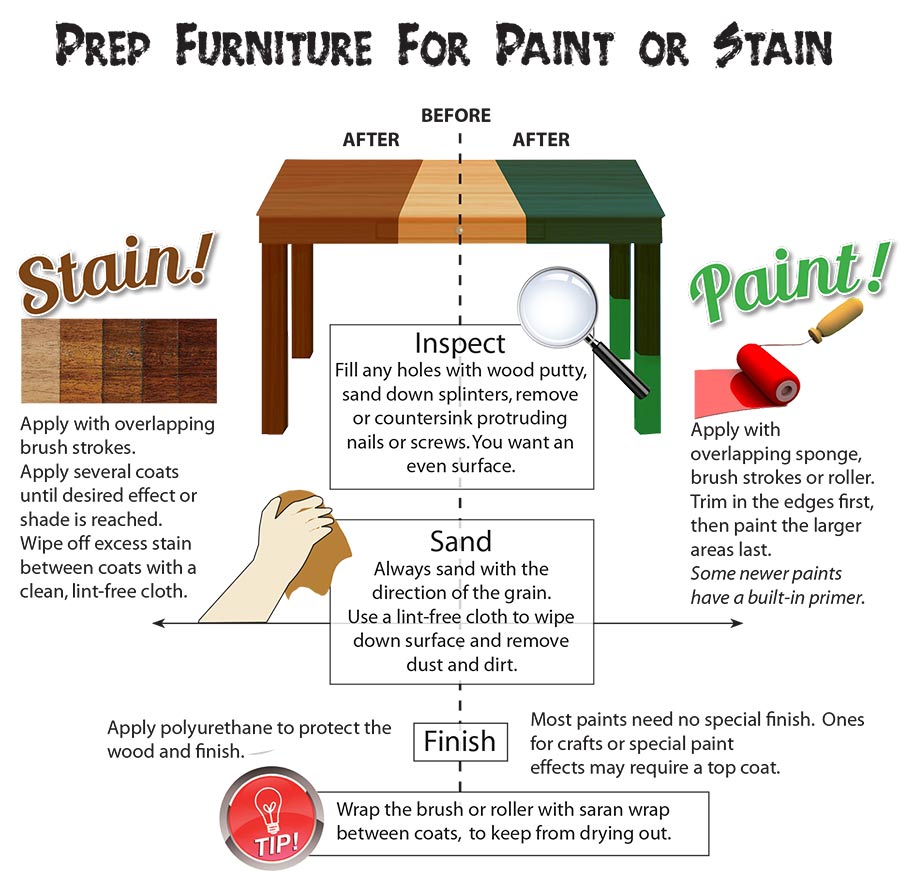A Step-By-Step Guide To Improving Antique Cabinets
A Step-By-Step Guide To Improving Antique Cabinets
Blog Article
Authored By-Cunningham Westermann
To start the journey of bring back antique cabinets, you need a keen eye for detail. Imagine revealing concealed secrets within each layer of history embedded in the timber. Image the contentment of reviving a once-forgotten piece to its previous magnificence. Every action of this meticulous procedure holds the crucial to protecting the past while producing a future antique. So, are you all set to start this transformative venture and unlock the potential of your antique cupboards?
Assessing the Cabinet's Condition
When beginning the reconstruction procedure, begin by analyzing the condition of the antique closet. Carefully check out the overall structure for any indicators of damage such as splits, chips, or loosened joints. Check the wood for any kind of rot, warping, or insect problem that might have taken place gradually. It's important to figure out the degree of the restoration required prior to continuing better.
Next, examine the cupboard's hardware such as hinges, knobs, and locks. Make note of any kind of missing out on items or components that require repair or replacement. Make sure that all equipment is working properly and securely connected to the cabinet.
Furthermore, review cabinet hardware . Search for any scrapes, spots, or discoloration that may influence the aesthetic allure. Determine if the coating requires to be stripped and reapplied or if a basic touch-up will be sufficient.
Gathering the Necessary Tools and Products
After examining the condition of the antique closet, the next step is to gather the required tools and products for the reconstruction procedure. Prior to you start, guarantee you have the complying with items handy:
- timber cleaner
- sandpaper in various grits
- timber filler
- paint or timber stain
- brushes
- handwear covers
- safety goggles
- a dust mask
- a ground cloth
- a putty blade
- a hammer
- a screwdriver
- a vacuum cleaner
These devices and products are important for a successful restoration.
Timber cleaner is important for getting rid of years of dust and grime build-up, preparing the surface for fining sand. https://the-home-inspectors43201.blog2freedom.com/29314366/looking-for-the-ideal-cabinet-material-for-your-home-analyze-the-various-qualities-of-timber-laminate-and-steel-cupboards-to-find-the-one-that-matches-you-ideal of various grits helps in raveling imperfections and preparing the timber for a new surface. Wood filler comes in handy for repairing any cracks, holes, or dents existing in the cabinet.
Repaint or timber stain, along with brushes, enable you to personalize the cupboard to your preference. Bear in mind to put on gloves, safety goggles, and a dirt mask for defense. Put down a drop cloth to safeguard your work area, and make use of a vacuum cleaner to tidy up any type of debris.
With these tools and materials gathered, you prepare to begin the remediation process.
Executing the Reconstruction Refine
To effectively perform the reconstruction procedure on your antique cabinet, begin by extensively cleaning up the surface with the timber cleaner. This action is crucial as it aids remove years of dust, grime, and old polish that may have gathered externally.
Once https://erickinsxc.bloggerchest.com/29207553/an-entry-level-overview-to-deciphering-cupboard-styles-and-designs is tidy and completely dry, assess the condition of the timber. Try to find any splits, scratches, or various other problems that require to be attended to. Use timber filler to fix any type of blemishes, making sure to match the filler color to the wood tone for a seamless finish.
After the fixings have actually dried out, gently sand the entire surface area to produce a smooth and also base for the brand-new coating. Beware not to sand too aggressively, as you do not want to damage the timber underneath.
As soon as just click the up coming document is full, use a wood stain or complete of your selection, following the producer's instructions. Permit the finish to completely dry totally prior to applying a protective leading coat to make certain the long life of your restored antique cupboard.
Conclusion
Now that you have completed the remediation procedure, your antique closet looks like new.
By complying with the step-by-step guide, you were able to evaluate, repair, and improve its problem easily.
With a fresh finish and protective top coat, your treasured item will continue to beam for many years to find.
Take pleasure in the appeal of your restored antique closet!
